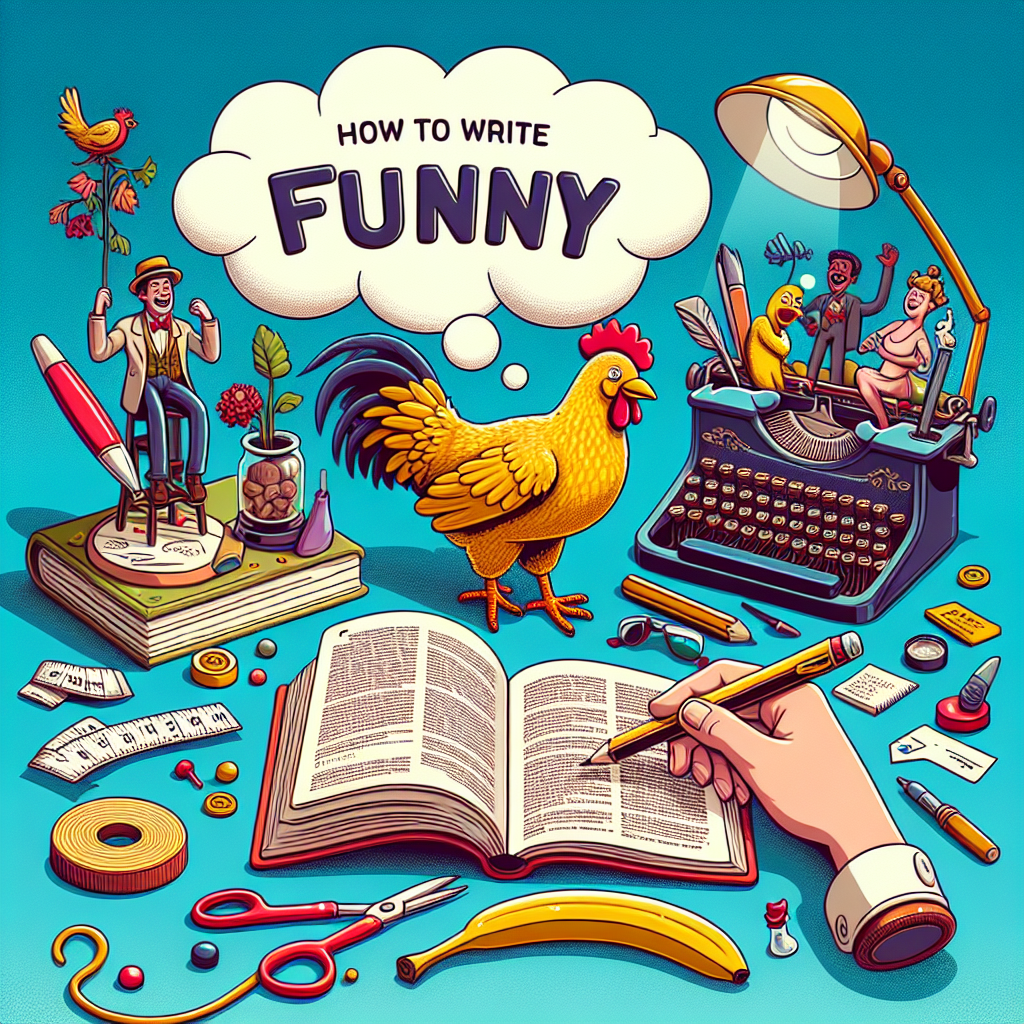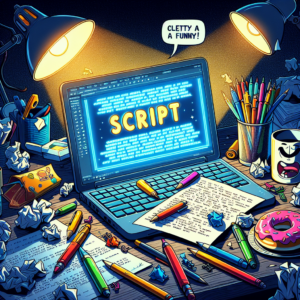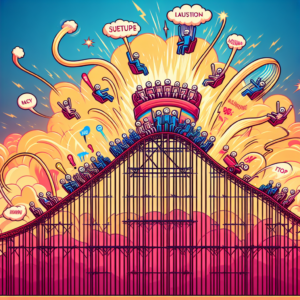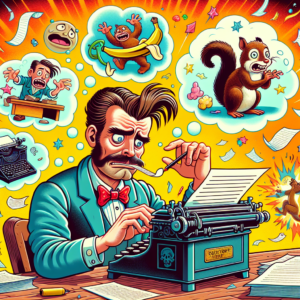Writing Funny Stories: A Comprehensive Guide
I. Intro: Why Write Funny Stories?
Humor transcends cultural and linguistic barriers, making it a powerful tool in storytelling. Funny stories not only entertain but also connect us, provide comic relief, and convey deeper truths about the human experience. Writing humor allows you to tap into creativity, engage readers, and explore contemporary issues in an approachable way. Let’s dive into the art of crafting funny stories that can make readers laugh out loud.
II. Understanding Humor
A. Types of Humor
Understanding different styles of humor can enhance your storytelling.
1. Slapstick: Involves exaggerated physical actions and situations that lead to absurd outcomes, often leading to visual gags.
2. Wordplay: Plays with language, puns, and double meanings to create humor. This can include clever turns of phrase or unexpected punchlines.
3. Satire: Critiques or mocks societal norms, behaviors, or politics through irony, exaggeration, or humor. This type of humor can be insightful and provoke thought alongside laughter.
B. Finding Your Comedic Voice
Your unique perspective is what makes your humor stand out. Explore what makes you laugh, your personal experiences, and how you view the world. Experiment with different styles and find what feels most authentic to you. Engaging with various mediums—stand-up, sitcoms, literature—can also help you refine your comedic lens.
III. Building a Funny Story
A. Funny Characters
Create characters rich in flaws, quirks, and relatable desires that bring humor to life. These traits can result in comedic situations that highlight their personalities.
– Flaws: An overly optimistic character who just can’t see the downside of any situation can lead to humorous consequences.
– Quirks: An obsession with peculiar collections, like ‘World’s Largest coffee cup,’ can provide a comedic element.
– Desires: Characters driven by outlandish goals can lead to absurd scenarios, especially when their ambitions clash with reality.
B. Humorous Situations
Humor often arises from unexpected or absurd scenarios.
– Unexpected: Characters in situations they could never anticipate, like a corporate warrior in a yoga retreat.
– Awkward: Social faux pas that lead to cringe-inducing but hilarious moments.
– Ironic: Situations that are the opposite of what is expected can lead to delightful surprises for the reader.
C. Dialogue that Sparkles
Craft dialogue that feels natural yet humorous.
– Witty Banter: Exchange quick, clever repartees that reveal character relationships while injecting humor.
– Comedic Timing: The delivery of dialogue matters. Pauses, interruptions, and pacing can heighten the impact of a joke.
IV. Crafting Jokes & Punchlines
A. Setup, Punchline, Twist
A well-structured joke has a setup that establishes a premise, a punchline that delivers the humor, and a twist that surprises the audience. This structure keeps readers engaged and eager for the next laugh.
B. Rule of Three
This principle posits that items grouped in threes are inherently more humorous and memorable. The first two items set a rhythm or expectation, and the third delivers a punchline that subverts or extends the pattern.
C. Exaggeration and Absurdity
Exaggerate elements in your story to the point of absurdity. This magnification of reality can create outrageous scenarios, making the humor more pronounced and enjoyable.
V. Editing & Polishing
A. Read Aloud, Test on Audience
Once you finish your draft, read it aloud to hear the flow and comedic timing. Testing your story on a small audience can allow you to gauge their reactions and adjust accordingly.
B. Trim the Fat, Sharpen the Wit
Look for sections that drag or don’t contribute to the humor. Tighten your prose to maintain pace and ensure every word serves a purpose.
C. Don’t Be Afraid to Kill Your Darlings
Often, our favorite lines don’t serve the overall piece. Be ready to cut anything that doesn’t support the story, even if it’s a clever joke or beloved character moment.
VI. Conclusion: Keep Practicing, Find Your Funny!
Writing funny stories is a skill that improves with practice. Don’t worry if your first drafts don’t ignite laughter; keep writing, refining, and experimenting with different types of humor and styles. Embrace feedback, engage with your audience, and, most importantly, enjoy the process of finding what makes you laugh. With dedication and creativity, you’ll develop your comedic voice and craft stories that leave readers giggling long after the last line. Happy writing!









